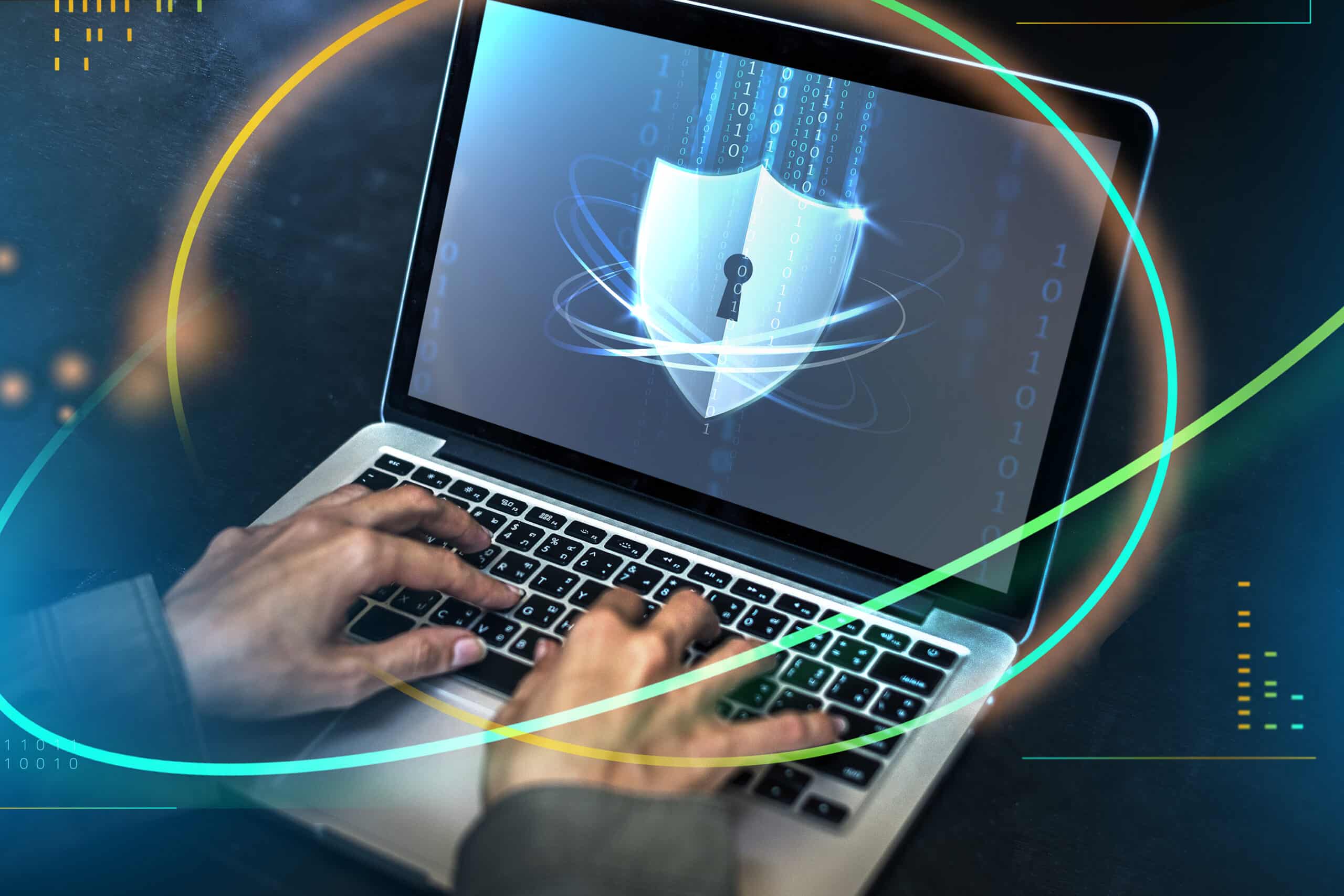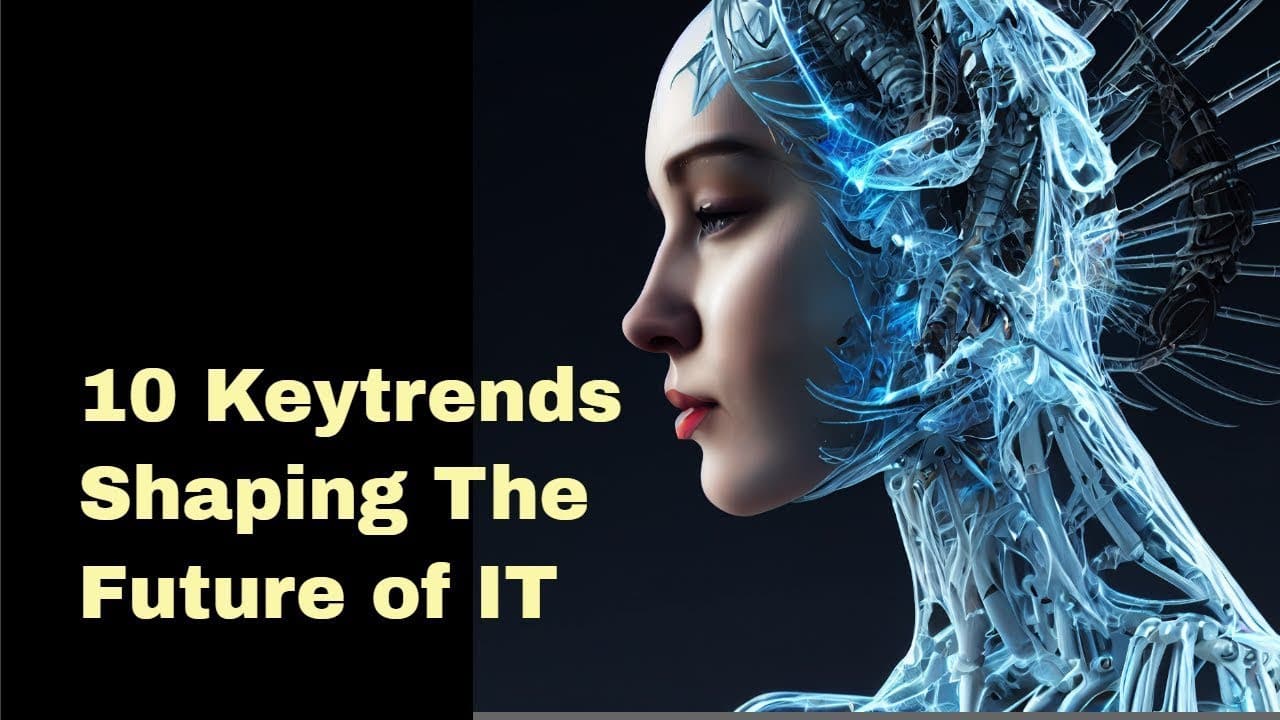Exploring the Future of Information Technology: 10 Key Trends
Information Technology (IT) is a rapidly evolving field that has had a profound impact on our daily lives. Technology has advanced rapidly over the past few years.
These advances are transforming the way we live, work, and communicate. This article will explore the key trends in IT that are influencing the future.
These trends have the potential to transform the industry.
In this article, we will explore some of the most important trends in the field of IT that are shaping the future and how they may affect the way businesses will operate.
1. Artificial Intelligence (AI) and Machine Learning (ML)
Artificial Intelligence (AI) and Machine Learning (ML) are two of the most significant trends in the field of IT. AI involves developing computer systems that can perform tasks that usually require human intelligence.
Examples include understanding natural language, recognizing patterns, and making decisions.
ML is a branch of AI that utilizes algorithms to let computers learn from data. This helps them to improve over time.
Together, AI and ML are transforming a wide range of industries, including healthcare, finance, and manufacturing.
For example, in healthcare, AI is being used to develop new treatments, improve patient outcomes, and reduce costs.
2. Cloud Computing
Cloud Computing is another trend that is changing the way we use technology. It refers to the delivery of computing services that include servers, storage, databases, networking, software, and analytics over the internet.
Cloud computing allows companies to access powerful resources without investing in and managing their own equipment. This eliminates the need for them to maintain their own infrastructure.
This, in turn, makes it easier and more economical for organizations to store, manage, and analyze vast amounts of data.
3. Cybersecurity and Data Privacy
Cybersecurity and Data Privacy are growing concerns as more and more of our personal and business activities are conducted online. Cyberattacks are becoming increasingly sophisticated and can have serious consequences, including the theft of sensitive information and financial loss.
To address these threats, organizations must implement strong cybersecurity measures, including firewalls, encryption, and multi-factor verification.
Protecting the privacy of personal data is becoming increasingly important. Companies are collecting and storing large amounts of data about their customers. This has led to a greater emphasis on protecting valuable and sensitive information.
4. The Internet of Things (IoT)
The Internet of Things (IoT) is another trend that is transforming the way we live and work.
It is a network of devices, such as vehicles, home appliances, and other items which have sensors, software, and connectivity allowing them to collect and share data.
IoT is enabling automation of numerous tasks, like regulating the temperature in our houses and following the whereabouts of our cars. In the future, IoT has the potential to transform entire industries, such as healthcare, transportation, and manufacturing.
5. 5G and Edge Computing
5G and Edge Computing are two trends that are set to transform the way we use the internet. 5G is the fifth generation of mobile networks and promises to deliver faster and more reliable internet connectivity.
Edge computing refers to the processing of data closer to the source of the data, rather than in a centralized location. This reduces latency and improves the performance of applications and services.
5G and edge computing are enabling the development of new technologies, such as autonomous vehicles and augmented reality. They are also making it possible to connect more devices and sensors to the internet.
This is a major advancement compared to what was previously possible.
6. Blockchain
Blockchain is a distributed ledger technology. It is being used to create secure and transparent systems. These systems record transactions and track assets.
Blockchain is an ideal technology for applications needing high security. Examples include financial transactions, supply chain management, and voting systems.
Blockchain has the potential to transform many industries. It can create more secure and transparent systems than the current ones. These new systems will be decentralized.
7. Virtual Reality (VR) and Augmented Reality (AR)
Emerging technologies such as Virtual Reality and Augmented Reality are transforming our interactions with the environment. VR involves the creation of a simulated environment that can be experienced by users in a fully immersive way.
Augmented Reality (AR) is a technology that combines digital information with the physical world. This enables people to interact with virtual objects in a more natural manner.
These technologies are being used in a wide range of applications, from gaming and entertainment to education and training.
In the future, virtual reality (VR) and augmented reality (AR) could transform our world experience. They would let us interact with virtual environments and objects in novel and creative ways.
8. DevOps
DevOps is a trend that is changing the way software is developed and deployed. DevOps involves the collaboration between development and operations teams to deliver software more efficiently and effectively.
This approach to software development reduces the time needed to deliver new features and services to customers. It also improves the quality of the software and allows for quicker response to changing business needs.
9. IT as a Service (ITaaS)
ITaaS is a model which delivers IT services to an organization. It is similar to a utility service, as the IT infrastructure and applications are provided as a service. This model is based on the concept of outsourcing IT functions to a third-party service provider.
ITaaS offers several benefits to organizations, including reduced costs, improved efficiency, and increased flexibility. Organizations can outsource IT functions.
This allows companies to focus on their core business activities. The service provider is responsible for IT operations and maintenance. The service provider is also responsible for supplying the latest technologies and staying current with industry trends. This allows the organization to concentrate on their business goals and objectives.
In ITaaS, the service provider provides the hardware, software, and support needed to run the IT operations. This can include everything from data center infrastructure and applications to security and disaster recovery services. The organization pays a fee based on the services it utilizes.
This fee can be altered in accordance with changes in business needs or usage patterns.
ITaaS is becoming popular. Organizations are seeking to reduce the costs of maintaining their own IT operations.
With ITaaS, organizations can access the latest technologies and services, without having to make significant investments in hardware and software.
ITaaS offers organizations reduced costs, improved efficiency, and increased flexibility. This allows organizations to stay competitive and improve their overall operations and efficiency.
Outsourcing some or all of your IT operations can be costly and time consuming. ITaaS offers a more economical and efficient solution. It meets your company’s needs.
10. Digital Transformation
Finally, digital transformation is the most important trend that is shaping the future of Information Technology (IT) in several ways.
Digital transformation is driving the development of new technologies and products. These changes are impacting how we live and work.
Advances in artificial intelligence, the Internet of Things (IoT), and cloud computing are creating opportunities for businesses. They can automate processes, gather and analyze data in real-time, and deliver new products and services to customers. These possibilities were discussed earlier.
Digital transformation is improving efficiency and reducing costs for businesses. By automating manual processes and leveraging data-driven insights, organizations can streamline operations and make more informed decisions.
Improved operational efficiency and reduced costs lead to benefits for customers. These include lower prices and higher quality products and services.
Digital transformation is transforming the customer experience. By leveraging digital technologies, organizations can offer personalized and engaging experiences that meet the changing needs of their customers.
Companies can offer new and innovative products and services and also provide customers with convenient ways to interact with them. This ensures a seamless experience.
Finally, digital transformation is also having a significant impact on the workforce. The integration of digital technologies into the workplace is creating new job opportunities and changing the skill set required of employees.
Organizations must invest in training and development to equip their workforce with the skills necessary to succeed in the digital age. This investment will ensure their success.
Businesses are increasingly turning to digital transformation. This trend will have a significant impact on the future of IT, and on our lives and work.
In conclusion, Information Technology is shaping the future. It is transforming the way we live, work, and communicate.
The influence of AI, ML, 5G, and edge computing on our lives will expand over the next few years. These advancements will have a greater effect on our day-to-day activities.
It is an exciting time to be working in IT. We can expect many more exciting developments in the years ahead.




